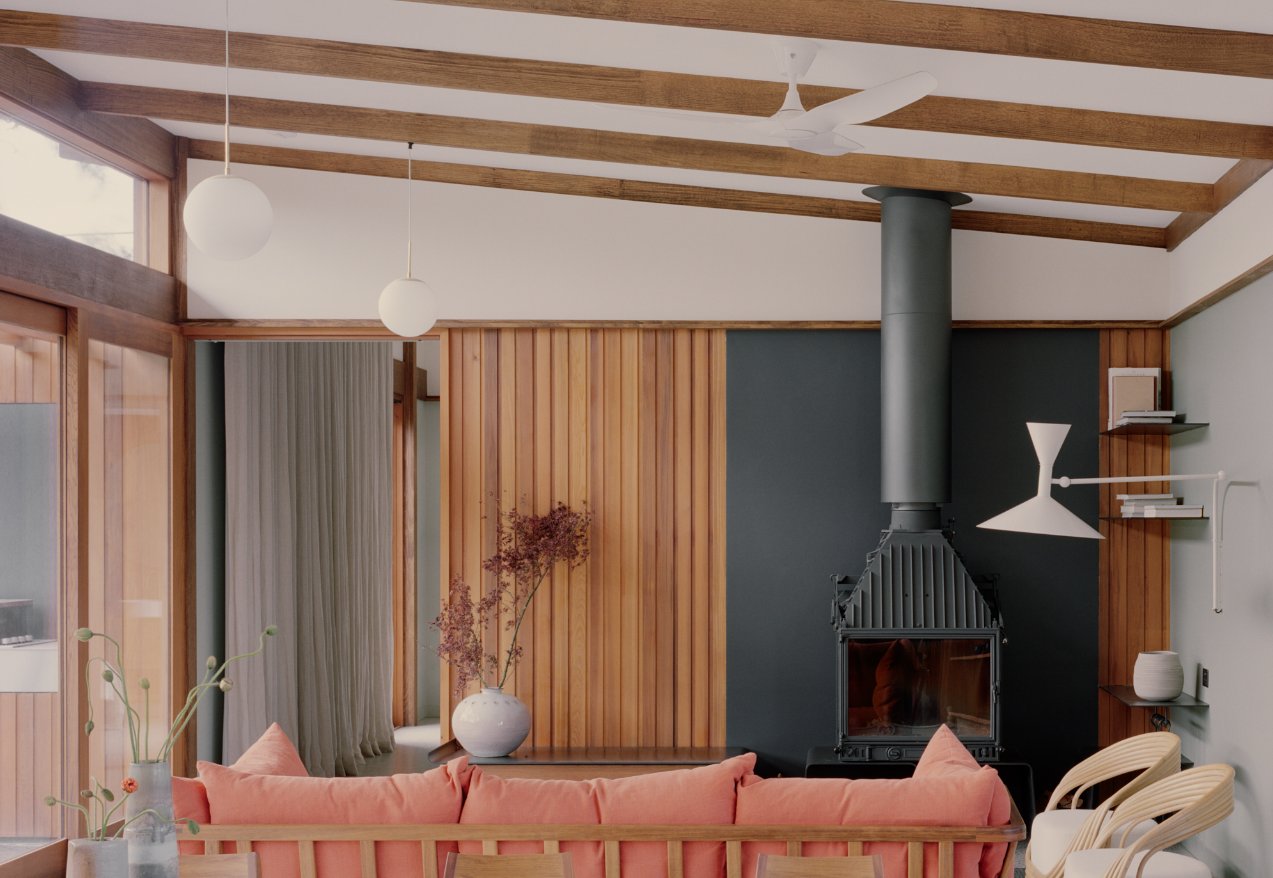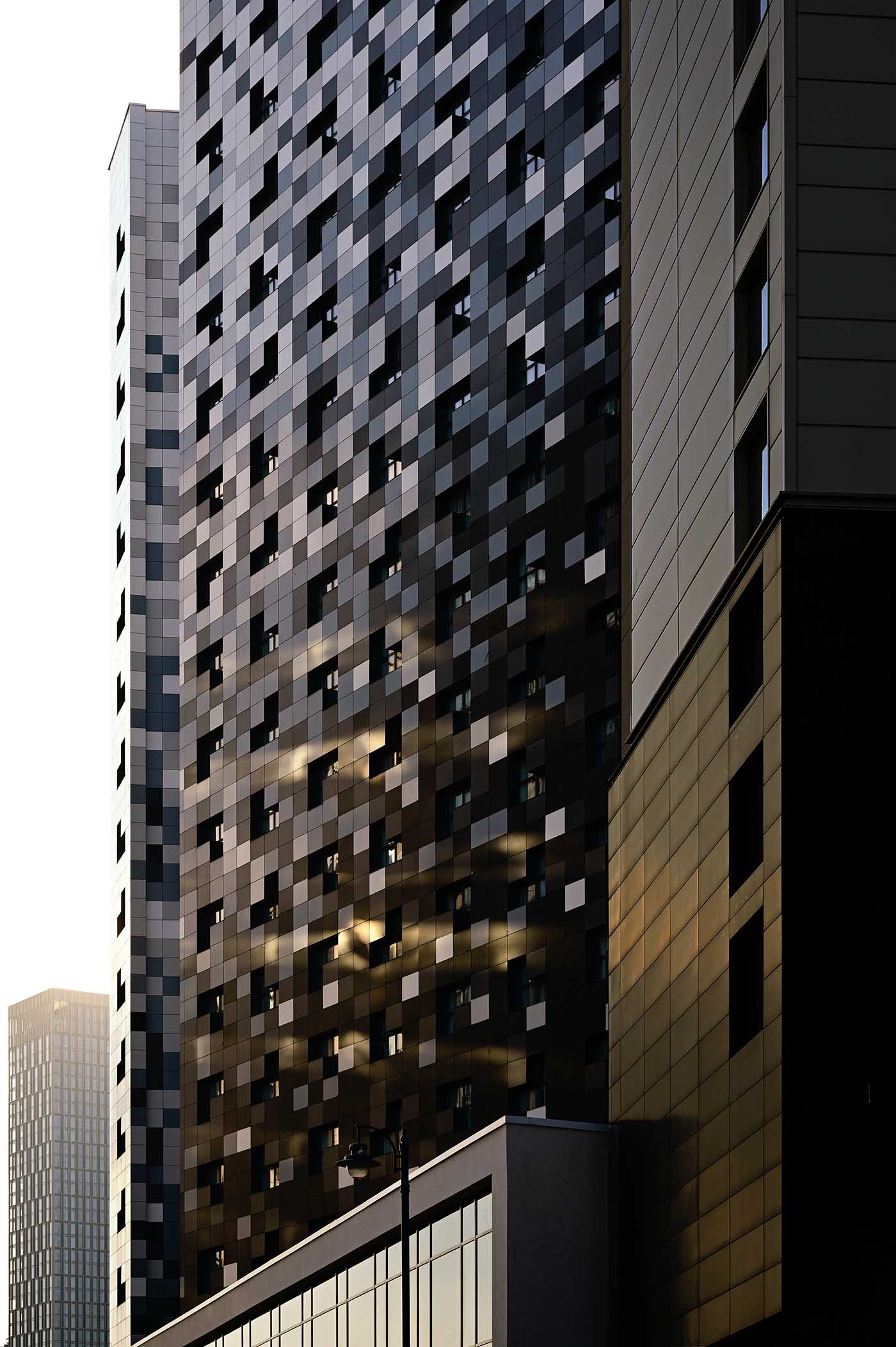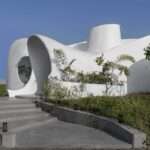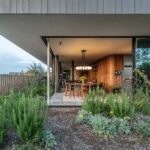
In the dynamic and evolving field of contemporary architecture and construction, wall cladding has emerged as a central element. It has evolved from a mere functional requirement to a fundamental component that not only provides protection from environmental factors but also contributes to the visual appeal of buildings. Wall cladding now stands as a prominent architectural feature, offering designers and builders a canvas for creative expression.
In this article, we will delve into wall cladding, both as a practical and aesthetic aspect of construction. This includes advantages such as its low maintenance and visual appeal, as well as its disadvantages.
Understanding Wall Cladding
Wall cladding is essentially the practice of applying a protective layer of material to a building’s exterior, forming a robust shield for the walls. This outer layer functions as a formidable barrier, effectively safeguarding the structure against a myriad of external elements while ensuring the longevity of the building. Wall cladding offers a diverse range of material choices, encompassing wood, metal, composite, and other innovative options, each with its distinct features and benefits.
Understanding both the advantages and disadvantages of exterior cladding is essential for making informed decisions about incorporating it into your construction project. Careful material selection, proper installation, and periodic maintenance can help mitigate some of these challenges. However, it’s crucial to weigh the pros and cons, considering the specific needs and environmental conditions of your project, to determine whether exterior cladding is the right choice.

Advantages and Disadvantages of Exterior Cladding
Exterior cladding systems offer a host of advantages, positioning them as the preferred choice for residential and commercial properties across Australia:
Advantages:
- Low Maintenance: One of the most notable benefits of exterior cladding is its minimal maintenance requirements. Unlike other weather protection measures that demand regular servicing, exterior cladding is remarkably low-maintenance. This not only saves time but also reduces maintenance costs, making it an economically prudent choice.
- Aesthetic Appeal: Exterior cladding goes beyond protection; it enhances a building’s visual appeal. Materials are thoughtfully selected not only for their durability but also for their capacity to create a contemporary and attractive exterior. Composite cladding, in particular, stands out for offering the natural warmth and charm of wood with minimal maintenance demands.
- Protection and Safety: Exterior cladding plays a pivotal role in ensuring the safety and longevity of the building and its occupants. It seamlessly adapts to changing weather conditions, making it invaluable in regions with varying climate extremes. Furthermore, it effectively reduces water absorption and serves as a protective shield against environmental contaminants, safeguarding the structural integrity of the building.
- Sustainable Materials: In line with many builders and architects growing commitment to environmental responsibility, wall cladding solutions prioritise sustainability through the use of eco-friendly materials and manufacturing processes, contributing to a greener and more sustainable construction industry.
- Easy Installation: Wall cladding systems are designed with ease of installation in mind. This not only reduces the time required for installation but also translates into cost savings, making these systems an attractive option for new construction and renovation projects alike.
Disadvantages:
- Installation Expenses: The initial installation of exterior cladding can be relatively expensive, primarily determined by the materials chosen and the complexity of the project. High-end materials and intricate designs can significantly increase costs. However, it’s important to consider this expense in the context of long-term savings, as exterior cladding often proves cost-effective due to reduced maintenance and improved energy efficiency over the life of the building.
- Structural Damage: Improper installation or the selection of unsuitable materials can result in moisture becoming trapped within the cladding system. This trapped moisture poses significant risks to the structural integrity of the building, potentially leading to issues such as rot, corrosion, and weakening of the supporting framework, which may require extensive and costly repairs.
- Weathering and Appearance Changes: Over time, exterior cladding may undergo aesthetic changes due to prolonged exposure to environmental elements. Factors like sunlight, moisture, and pollution can cause fading, discoloration, or alterations in the cladding’s appearance. These shifts may necessitate periodic maintenance or even replacement to restore the cladding to its original look.



